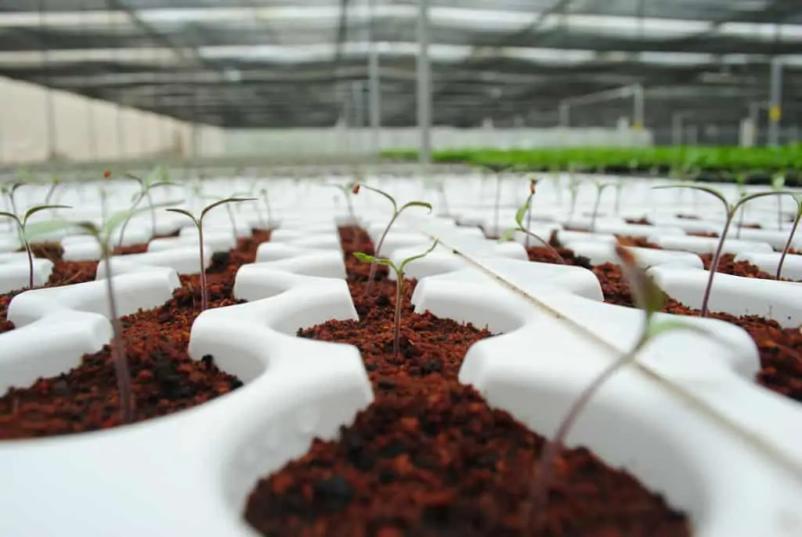Cocopeat, scientifically known as coir or coconut coir, stands as a prevalent growing medium esteemed in gardening and horticultural practices owing to its unique properties, primarily renowned for water retention and moisture regulation. Derived from the fibrous husk of coconuts, cocopeat offers an environmentally friendly alternative to traditional soil-based mediums. Below, we present a scientific guide elucidating the optimal utilization of cocopeat:
Hydration Process
Cocopeat typically arrives in a dehydrated state, necessitating rehydration prior to use. Initiate the hydration process by submerging the cocopeat block or brick in a spacious container filled with water. Employ warm water to expedite the hydration process effectively. Allow the cocopeat to immerse for a duration of approximately 15-30 minutes until complete saturation is achieved.
Fluffing and Fragmentation
Upon absorbing water and undergoing expansion, cocopeat may exhibit clumping tendencies. Employ manual methods such as hand manipulation or implement garden forks to fluff and fragment the cocopeat, thereby achieving a loose and porous texture conducive to optimal root proliferation and water drainage.
Amalgamation with Additives
Recognizing cocopeat's inherent nutrient-deficient nature, it is prudent to combine it with supplementary additives to formulate a well-balanced growth medium. Depending on the botanical species under cultivation, amalgamate cocopeat with constituents such as compost, perlite, vermiculite, or other organic substrates to augment nutrient content and enhance drainage properties.
Potting Medium Application
Employ the cocopeat mixture to fill containers, pots, or raised beds, allocating adequate space for subsequent watering activities. Implant botanical specimens or seeds into the cocopeat, ensuring appropriate depth alignment conducive to optimal root establishment and subsequent growth.
Watering Protocol
Cocopeat epitomizes exemplary water retention characteristics while facilitating efficient drainage, mitigating the risk of waterlogging. During watering intervals, ensure thorough saturation of the cocopeat, facilitating uniform moisture distribution throughout the medium. Regularly monitor moisture levels and administer water when the surface layer exhibits indications of slight dryness.
Nutrient Management Strategies
As a neutral medium possessing a pH range of approximately 5.5-6.5, cocopeat accommodates the growth requirements of diverse botanical taxa. However, its inherent nutrient scarcity necessitates supplemental fertilization regimes. Integrate liquid or slow-release fertilizers into the cultivation regimen, ensuring adequate nutrient provisioning to sustain robust plant growth. Adhere to vigilant monitoring practices to ascertain plant health status and tailor fertilization schedules accordingly.
Cocopeat Regeneration and Reutilization
Cocopeat exemplifies a sustainable cultivation substrate, facilitating multiple growing cycles through regeneration and reutilization. Post-harvesting or plant removal, rejuvenate the cocopeat medium by incorporating compost or organic amendments, followed by fluffing and rehydration procedures. This revitalization process renders cocopeat primed for subsequent cultivation endeavors, thereby maximizing resource utilization efficiency.
In conclusion, adherence to scientifically informed guidelines ensures optimal utilization of cocopeat as a growth medium, fostering healthy plant development while promoting sustainable agricultural practices. It is imperative to consult cocopeat manufacturers for specific instructions, as product characteristics may influence preparation and application methodologies.
Article submitted by AXTUR, Ltd.
Maximizing Cocopeat in Horticulture
